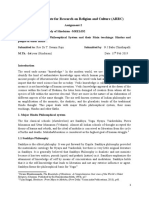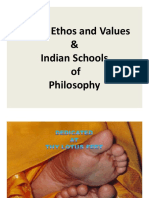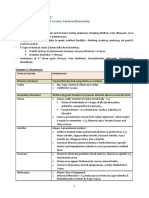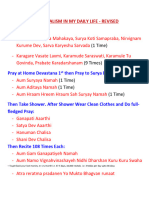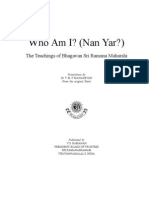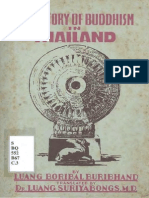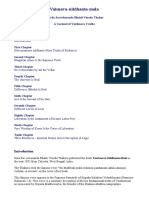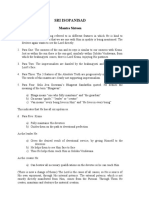0% found this document useful (0 votes)
99 views16 pagesShort Notes
The document provides an overview of Vedic literature, including its main components, the significance of studying Vedic philosophy, and the six major schools of thought. It covers key concepts in Nyaya and Vaiśeṣika Darśana, emphasizing the importance of ethics, relationships, and the pursuit of liberation. Additionally, it outlines the principles of Sāṃkhya, Yoga, and Vedanta Darshana, highlighting their teachings on the nature of reality and the self.
Uploaded by
placard.indCopyright
© © All Rights Reserved
We take content rights seriously. If you suspect this is your content, claim it here.
Available Formats
Download as PDF, TXT or read online on Scribd
0% found this document useful (0 votes)
99 views16 pagesShort Notes
The document provides an overview of Vedic literature, including its main components, the significance of studying Vedic philosophy, and the six major schools of thought. It covers key concepts in Nyaya and Vaiśeṣika Darśana, emphasizing the importance of ethics, relationships, and the pursuit of liberation. Additionally, it outlines the principles of Sāṃkhya, Yoga, and Vedanta Darshana, highlighting their teachings on the nature of reality and the self.
Uploaded by
placard.indCopyright
© © All Rights Reserved
We take content rights seriously. If you suspect this is your content, claim it here.
Available Formats
Download as PDF, TXT or read online on Scribd
/ 16












